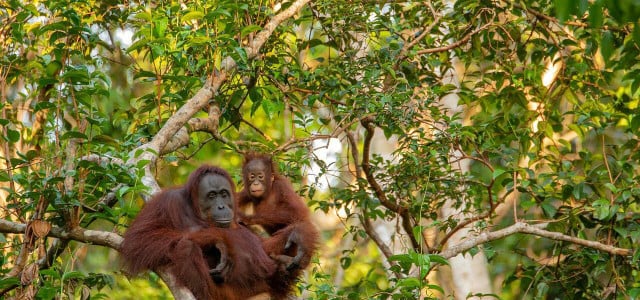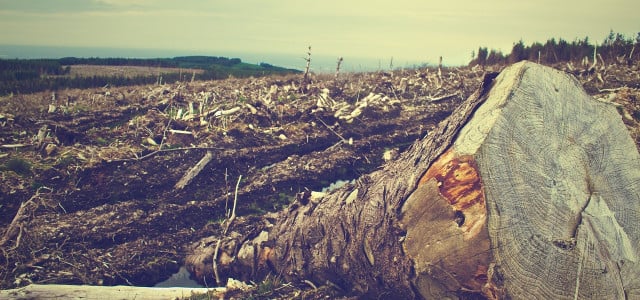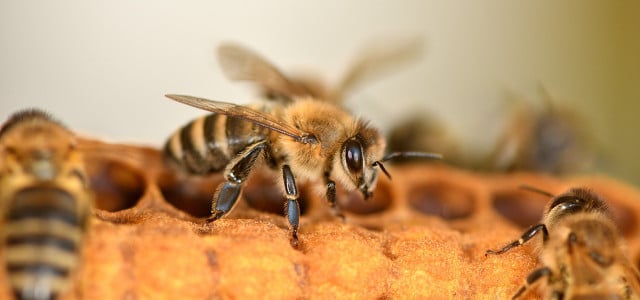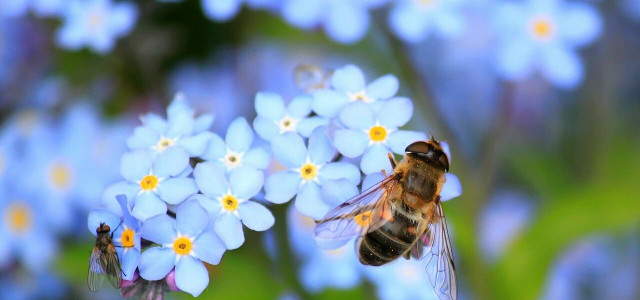We are mourning the decline of a vast number of the planet’s animals, but which are the most endangered species in the world? It’s sobering reading. We can only hope positive action may save some of these wonderful creatures.
A number of reasons account for the massive decline in Earth’s animal species. The most endangered species in the world have been pushed to the brink by factors such as hunting, deforestation, urbanization, road and rail networks, the expansion of modern-day agriculture, human interference with species movement (causing invasive species to decimate native populations), and climate change, which has most notably brought the plight of polar bears to the worlds attention.
In 2022, it is estimated there are more than 40,000 species threatened with extinction, some of which are classed as critically endangered. It remains highly likely these critically endangered animals, and many from the extinction threat list, will be gone within a couple of generations.
It is vital the world does as much as it can to protect other species we share the planet with, and some organizations are working tirelessly to try and lend as much support as possible. Here are 15 of the most at-risk species, in 2022.
Endangered Land Animals
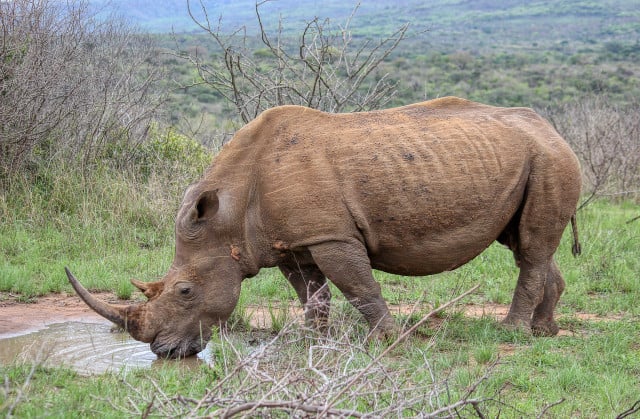
(Foto: CC0 / Pixabay / RosZie)
1. The Amur Leopard is one of the most endangered species in the world, found only in Russia’s Primorye region which is snowy and very cold. They have already vanished from Korea and China, where they once roamed. It is estimated that only around 84 are left in existence, down from only 92 animals in 2014-5. Poachers hunt the Amur Leopard for their skin, and bones (the bones are used in traditional Asian medicine). Climate change is also causing a change in their prey’s behavior, along with a loss of natural habitat. The wildcats conservation alliance is bringing attention to 2022’s year of the tiger to raise awareness of the leopard’s plight.
2. Rhinoceros — The Javan, Sumatran and black rhino are all at grave risk, with only an estimated 60 Javan rhino individuals left, making the Javan rhino the most critically endangered of the three. The only remaining home of the Javan rhino is Ujung Kulon National Park in Indonesia, after being lost from northeast India and Southeast Asia. Yet the survival of all these species is low. Rhinos remain one of the most poached animals on Earth. Their horns are often seen as a prize and fetch great sums of money. Their horns are also ground for use in traditional Chinese medicine.
3. Gorillas are endangered and continue to be a species we are at risk of loss from our planet. Each of the two species of gorillas (the Eastern gorilla and the Western gorilla), has a sub-species. Three of these are classed as critically endangered. The Mountain gorilla (subspecies of the Eastern gorilla) barely escapes the critically endangered list but is on the endangered list. The cross river gorillas are the most decimated population (found along the southern Cameroon-Nigerian border). With only around 200-300 individuals left, the cross river gorilla conservation foundation is doing its best to raise awareness and save the species, but gorillas have a slow reproduction rate and are still hugely at risk from poachers.
4. Both types of Orangutan — the Bornean and the Sumatran — have lost much of their populations. There are estimated to be just over 100,000 Bornean orangutans left in the world, and possibly less than 15,000 Sumatran orangutans still living. Deforestation and a change in land use (mainly palm oil plantations) are the main reasons for their steep decline. There are a number of foundations working hard to keep the populations alive, mainly through the rescue of vulnerable orphaned infants.
5. Found only in Madagascar and the Comoro islands, Lemurs perhaps became more recognizable through the character of King Julian in the film ‘Madagascar’ (he liked to ‘move-it, move-it’). Their defining features are their long, bushy tails and translucent eyes. Lemurs are the most at-risk species of all the primates — you will rarely find a lemur anywhere. Over 100 species of Lemurs are endangered, if not already extinct.
6. With sightings so rare that concern is paramount, according to the IUCN, the Saola (often referred to as the Asian unicorn), is one of the rarest of our planet’s mammals. It is thought the last populations are living in the Annamite Range in Vietnam, although they are hardly ever seen. Sadly, the species was only discovered two decades ago, and due to no conservation program in place, they may be lost very soon. Hunting and habitat loss are likely accountable for such low numbers.
Endangered Marine Animals
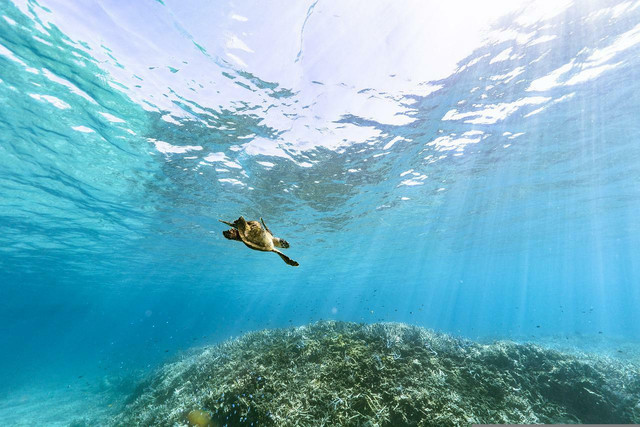


(Foto: CC0 / Pixabay / Kanenori)
7. The vaquita dolphin is the most endangered species of marine mammal in the world and has been critically endangered since 1996. There may only be 10 individuals left, despite extensive conservation efforts. Like many dolphins, they get caught in fishing nets, in this case by those fishing for the totoaba fish (also a protected species). The nets have been banned in their only home of Mexico’s Gulf of California, but illegal fishing continues, meaning there is little hope for the vaquita dolphins. Read up on the Dolphin-Safe label to learn about some efforts made to protect dolphins from becoming bycatch. Climate change may also have assisted in driving their decline, affecting food availability and habitat. It is expected that the last 10 will not be around for much longer if indeed they still survive.
8. Whales are also in trouble, and none more so than the North Atlantic right whale. This whale has been heavily hunted across the last centuries, mainly because almost half of its body weight is blubber, and it swims close to the ocean surface. There was an eastern population once, but it is thought these whales are already extinct as there have been no sightings for years. There may only be around 300-400 north Atlantic right whales remaining. They have been spotted on the east coast of North America, Canada, Iceland and Greenland.
9. Sharks also make up a part of all endangered species, in particular the smalleye, scalloped and great hammerhead sharks, which are all critically endangered. Found in waters off Australia, South America, Africa South Asia, population numbers are thought to have drastically dipped, due to a hugely reduced catch rate, although no one is sure of more precise numbers. Sadly, shark hunting remains legal in many jurisdictions.
10. Two critically endangered species of sea turtle are the hawksbill turtle (pictured) and the Kemp’s Ridley turtle. It’s thought there are only around 8,000 hawksbill turtles remaining. The Kemp’s Ridley turtle population is thought to also be dramatically low, with as few as 7–9,000 nesting females left. Also of concern are numbers of leatherback turtles. The biggest threat to sea turtles is hunting. Poachers target turtles for their eggs, meat, shells, and skin. But this isn’t the only factor in their decline. Climate change affects the sex ratio of hatchlings, due to the temperature of the sand. Habitat loss, getting caught in fishing nets as bycatch, and pollution also affect turtles’ ability to survive.
11. The last on our most endangered species in the world list of marine animals is the Yangtze Finless Porpoise, of which there could be only 1,000 individuals left. These porpoises are found in the Yangtze River in China. Their decline is mostly due to being another species often accidentally caught in fishing nets. They also get injured or killed by the large number of boats that use the river. The Yangtze is also a highly polluted body of water.
Endangered Birds and Insects
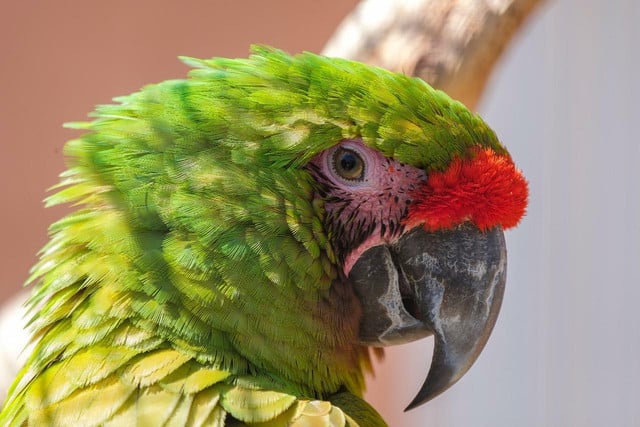


(Foto: CC0 / Pixabay / Bru-nO)
12. To play on words, we have moved on from knowing of the orchestral ‘flight of the bumble bee’ to the consequences of the ‘plight of the bumble bee’ (see lower for the ecological consequences of bumble bee extinction). There are a number of bumble bee species at critical risk, including the suckley cuckoo bumble bee, Franklin’s bumble bee, and the rusty patched bumble bee. The main factors in bee decline are thought to be habitat loss and the overuse of pesticides. Even back in 2011, some populations had fallen by as much as 96 percent and today things continue to look troubling for the bees. We have already lost many species of bees and cannot afford to lose any more, for their own sake, and for ours. There are things we can all do to help the plight of the bees, such as planting flowers that help bumblebees survive.
13. Nineteen species of macaw are on the critically endangered list. Numbers of red-fronted macaw, a native of Boliva and Uruguay are worryingly low, as are those of the great green macaw, found in Guatemala, Columbia and Ecuador. Other species of this fascinating bird, such as the Cuban macaw, have already been lost. The glaucous macaw may also have disappeared from the planet, with the last count being between 0-20 individuals.
14. The Ivory-Billed Woodpecker is also high on the list of most endangered species in the world. Its territory is Southeastern America and certain parts of Cuba. The slightly good news here is that this large woodpecker was believed to have been extinct for sixty years until reports that the bird had been found in Arkansas. It’s estimated that their numbers are critically low, maybe as low as just a handful, but their spotting gives us hope. The bird is now protected by the U.S. Migratory Bird Treaty Act.
15. Finally, we end with a link to the long-gone Dodo. There is a little bird hopefully still with us, called the tooth-billed pigeon, also known as the manumea or little dodo. The tooth-billed Pidgeon is native to Samoa, and is genetically close to the extinct dodo. Critically endangered, there are thought to be only 70 to 380 individuals left. We must hope they don’t follow the fate of their namesake.
Impact on Surrounding Ecosystems



(Foto: CC0 / Pixabay / Myriams-Fotos)
Continuing to lose many of the species of our planet is devasting, not just for the animals themselves but for surrounding ecosystems, including our own. The extinction of bees, for example, would trigger an overflow of problems, beyond the main concern of losing many fruits and vegetables we rely on. It would also affect factors such as the production of cotton, which would no longer be possible.
Life, without human impact, has a natural balance. As species continue to go extinct, through largely human means, this balance is tipped. For example, animals are taken out of the natural food chain, causing a lack of food for other species, so they will also begin to decline. Or if a predator becomes extinct, its prey may thrive and upset the balance of the ecosystem. We have seen this already, when humans have introduced non-native species to areas, such as the rabbit populations of Australia.
Read more:
- The 15 Most Endangered Animals in America
- Endangered Trees: 10 At-Risk Species
- Should Zoos be Banned?
Do you like this post?






